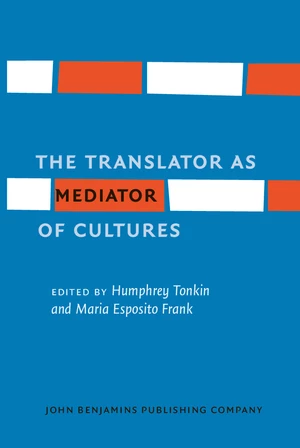The particular challenges of translating Winnie-the-Pooh into a planned language like Esperanto include grappling with culture-specific and idiomatic phraseology, word-play, the choice of proper names, and an audience divided between children and adults. The problem is none the less made simpler because there does exist a literary tradition in Esperanto and particularly a tradition of translation that goes back to the very beginnings of the language: its author Zamenhof translated several major literary works, beginning with Hamlet, published just seven years after the language was launched. He did so in part to increase the flexibility and range of his language. Furthermore, Zamenhof created a past for Esperanto by drawing on the common semantic stock of European languages. Walter Benjamin’s idea of the “pure language,” reine Sprache, lying behind a literary work has an obvious connection with the linguistic creativity of Zamenhof and other planners of languages. In a sense, even the original literature of Esperanto is translated, because Esperanto is a language of bilinguals that mediates between cultures and the languages that convey those cultures. Translating Shakespeare into Esperanto presents particular problems because of the density of meaning in the Shakespearean text and because of the importance of retaining its playability. Historical distance is also an issue, especially when translating into a relatively new language like Esperanto.
Price history
Jul 1, 2022
€115.87

